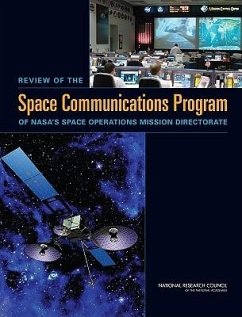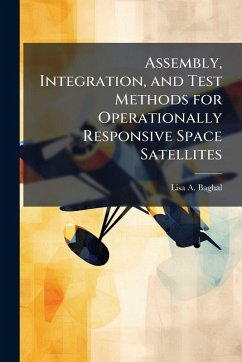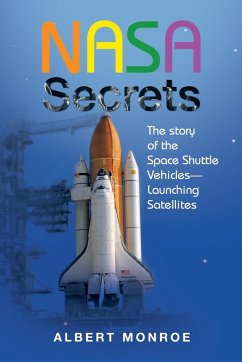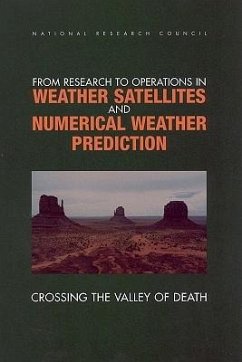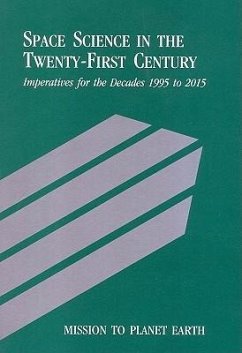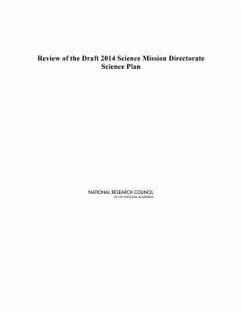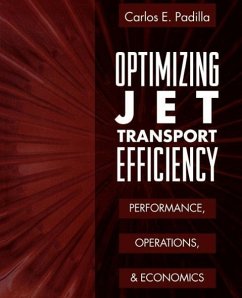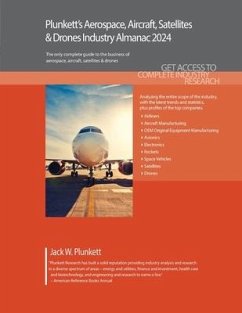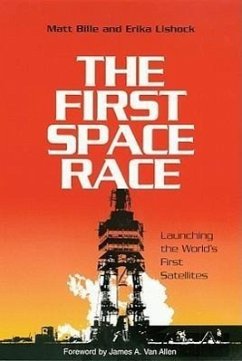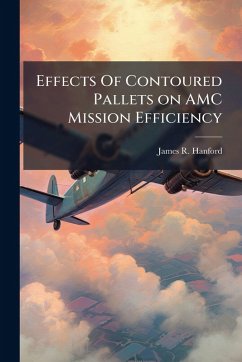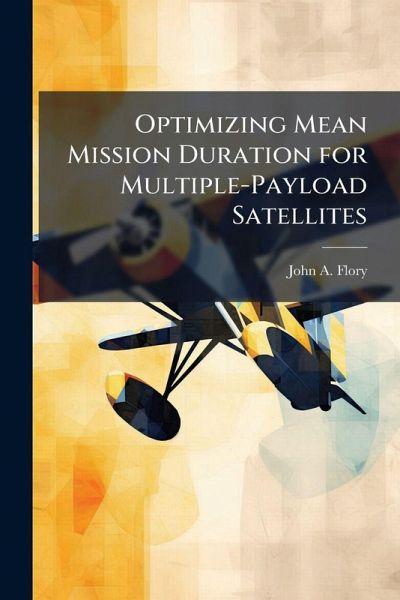
Optimizing Mean Mission Duration for Multiple-Payload Satellites
Versandkostenfrei!
Versandfertig in über 4 Wochen
17,99 €
inkl. MwSt.
Weitere Ausgaben:

PAYBACK Punkte
9 °P sammeln!
This thesis addresses the problem of optimally selecting and specifying satellite payloads for inclusion on a satellite bus to be launched into a constellation. The objective is to select and specify payloads so that the total lifetime utility of the constellation is maximized. The satellite bus is limited by nite power, weight, volume, and cost constraints. This problem is modeled as a classical knapsack prob- lem in one and multiple dimensions, and dynamic programming and binary integer programming formulations are provided to solve the problem. Due to the compu- tational complexity of the p...
This thesis addresses the problem of optimally selecting and specifying satellite payloads for inclusion on a satellite bus to be launched into a constellation. The objective is to select and specify payloads so that the total lifetime utility of the constellation is maximized. The satellite bus is limited by nite power, weight, volume, and cost constraints. This problem is modeled as a classical knapsack prob- lem in one and multiple dimensions, and dynamic programming and binary integer programming formulations are provided to solve the problem. Due to the compu- tational complexity of the problem, the solution techniques include exact methods as well as four heuristic procedures including a greedy heuristic, two norm-based heuristics, and a simulated annealing heuristic. The performance of the exact and heuristic approaches is evaluated on the basis of solution quality and computation time by solving a series of notional and randomly-generated problem instances. The numerical results indicate that, when an exact solution is required for a moderately- sized constellation, the integer programming formulation is most reliable in solving the problem to optimality. However, if the problem size is very large, and near- optimal solutions are acceptable, then the simulated annealing algorithm performs best among the heuristic procedures. This work has been selected by scholars as being culturally important, and is part of the knowledge base of civilization as we know it. This work was reproduced from the original artifact, and remains as true to the original work as possible. Therefore, you will see the original copyright references, library stamps (as most of these works have been housed in our most important libraries around the world), and other notations in the work. This work is in the public domain in the United States of America, and possibly other nations. Within the United States, you may freely copy and distribute this work, as no entity (individual or corporate) has a copyright on the body of the work. As a reproduction of a historical artifact, this work may contain missing or blurred pages, poor pictures, errant marks, etc. Scholars believe, and we concur, that this work is important enough to be preserved, reproduced, and made generally available to the public. We appreciate your support of the preservation process, and thank you for being an important part of keeping this knowledge alive and relevant.



